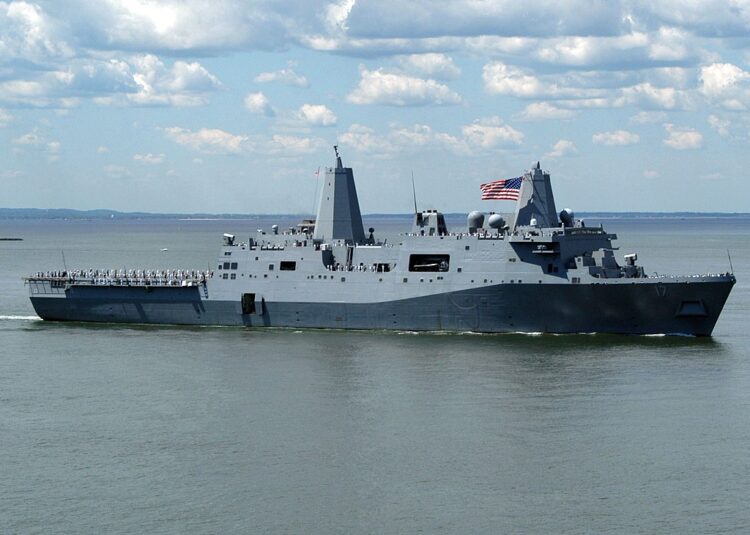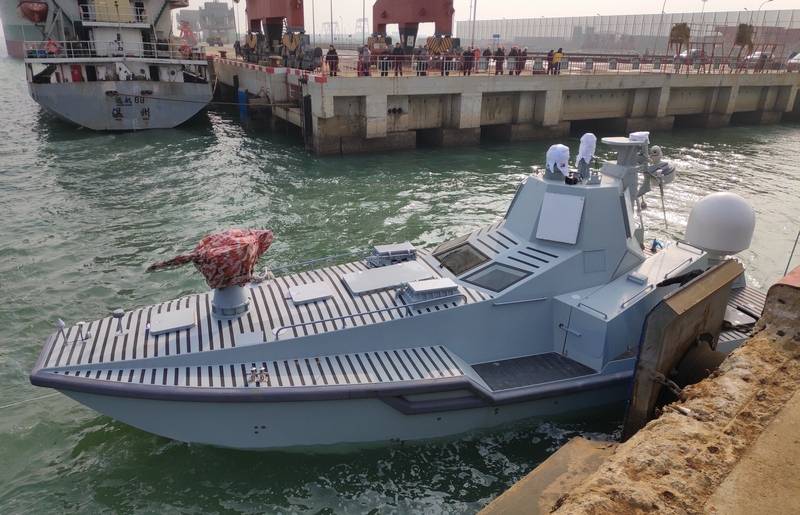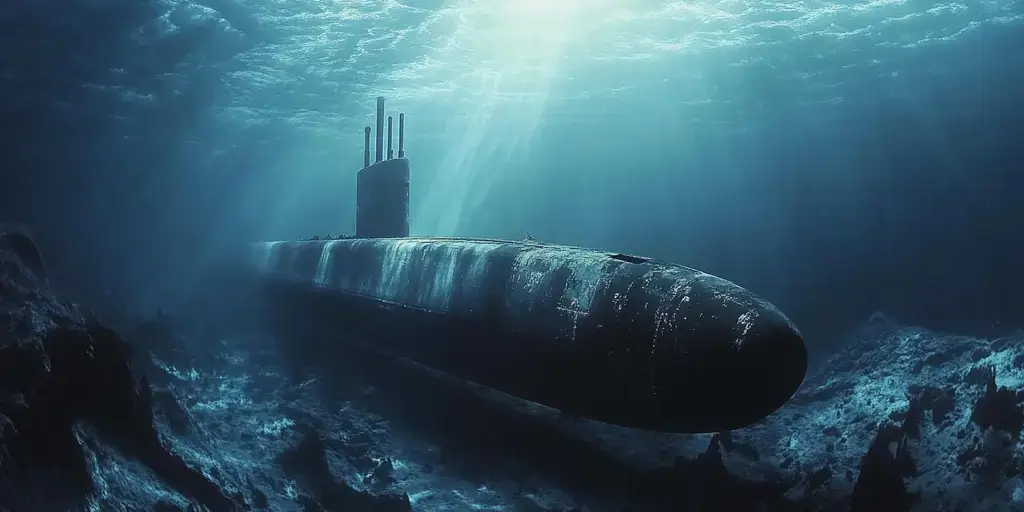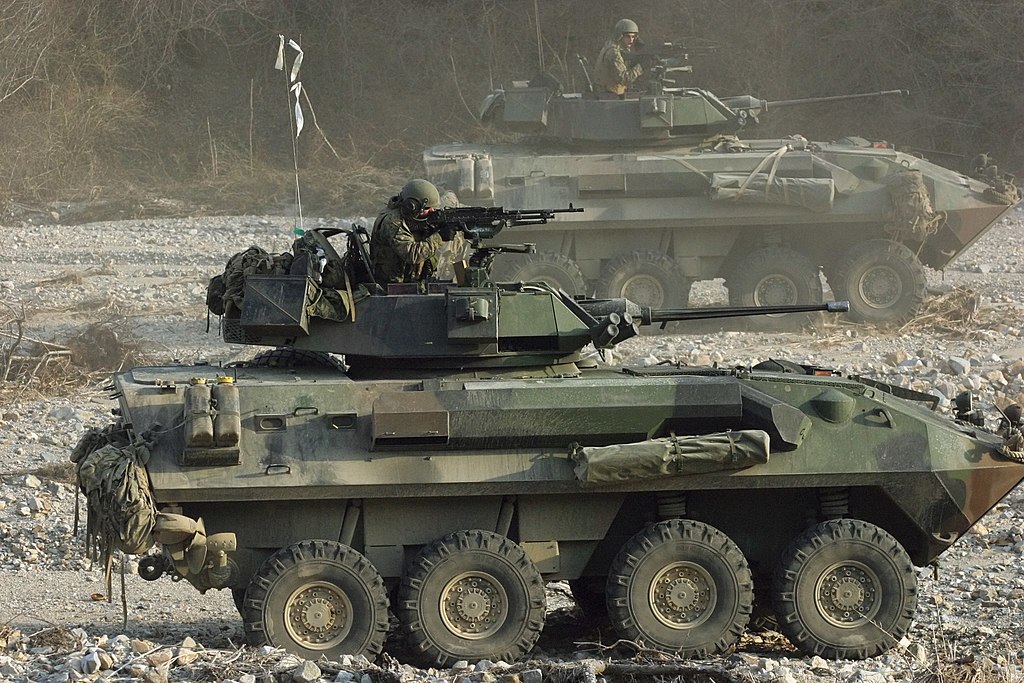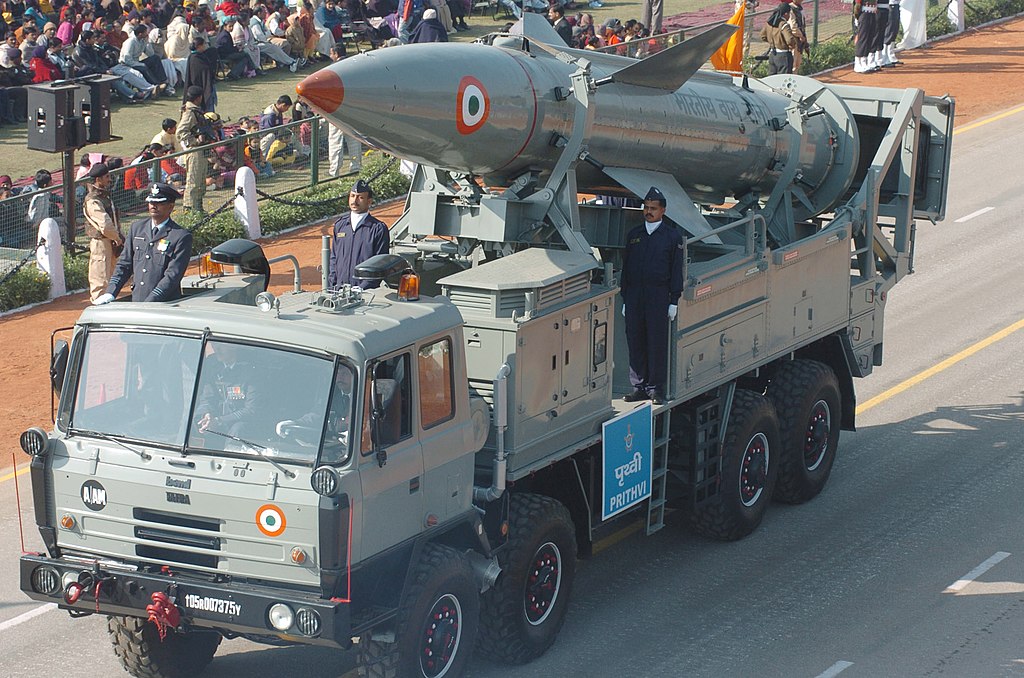Introduction
The San Antonio class is a series of amphibious transport docks built for the United States Navy. These ships are designed to deploy and transport Marines, their equipment, and supplies for amphibious warfare missions. The San Antonio class is able to conduct a wide range of operations, including humanitarian assistance and disaster relief.
Design and Features
The San Antonio class is built for flexibility and versatility. These ships can carry and deploy multiple types of aircraft, including rotary-wing and tilt-rotor aircraft. The flight deck can accommodate MV-22 Osprey tilt-rotor aircraft, CH-53 Super Stallion helicopters, and other aviation assets.
The well deck of the San Antonio class is its most prominent feature. This area is able to launch and recover various types of amphibious vehicles, such as Landing Craft Air Cushion (LCAC) and Landing Craft Utility (LCU). These vehicles enable the ship to transport Marines and their equipment from the sea to the shore.
The San Antonio class also incorporates advanced technologies to enhance survivability and self-defense capabilities. These ships are equipped with an array of sensors and weapons systems for situational awareness and protection. The ships have a hull design that improves stability and seakeeping, allowing them to operate in a wide range of sea conditions.
Specifications
| Displacement | 25,000 tons (full load) |
|---|---|
| Length | 684 feet (208.5 meters) |
| Beam | 105 feet (32 meters) |
| Draft | 26 feet (7.9 meters) |
| Speed | 22 knots (41 km/h) |
| Range | 9,500 nautical miles (17,600 km) at 18 knots |
| Complement | 366 crew, 699 troops (plus surge capacity) |
Operational History
The first ship of the San Antonio class, USS San Antonio (LPD-17), was commissioned in 2005. Since then, several more ships of the class have been delivered to the U.S. Navy. These ships have played an important role in various military operations and exercises around the world.
The San Antonio class has demonstrated its capabilities in disaster response missions, including relief efforts in the aftermath of Hurricane Katrina in 2005 and the 2010 Haiti earthquake. These ships have also been involved in combat operations, such as the Iraq War and the ongoing fight against terrorism.
In addition to their military missions, the San Antonio class ships have been utilized for humanitarian assistance. They have provided medical and dental care to people in remote areas as part of the U.S. Navy’s humanitarian missions.
Conclusion
The San Antonio class is a vital asset in the U.S. Navy’s amphibious warfare capabilities. These versatile ships enable the rapid deployment and transportation of Marines and their equipment, allowing them to execute a wide range of missions. With their advanced features and capabilities, the San Antonio class ships are an essential component of the U.S. Navy’s ability to project power and respond to global challenges.
